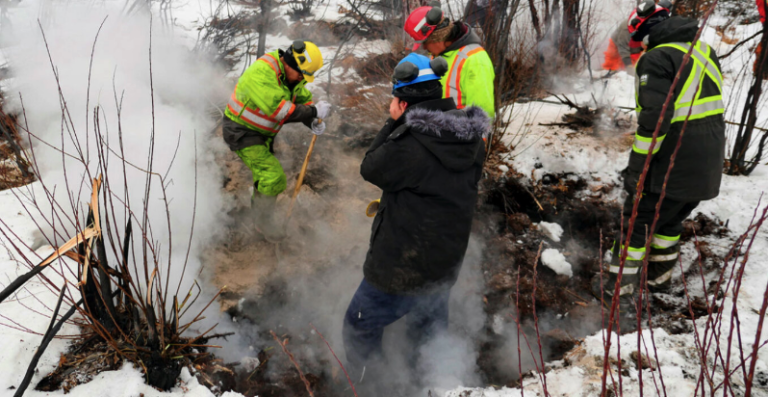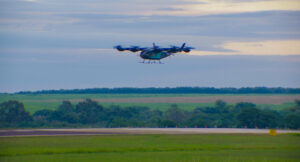Dozens of fires that started last year are still burning below ground in Western Canada today.
According to Agence France-Presse, the high number this year of these “zombie fires” (as they have come to be called), combined with relatively low snow levels that are exacerbating ongoing drought conditions, have experts fearful about the size of the wildfires that could break out this year.
“We’re having an unusual winter after an unusual summer,” says Josee St-Onge, spokeswoman for Alberta firefighters.
‘Zombie’ blazes and drought: Canada headed for another brutal fire season.
It’s a never-ending struggle. Even in bone-chilling temperatures, Canadian firefighters are still hard at work battling nearly 150 fireshttps://t.co/uQNlBsQ1HP pic.twitter.com/vjjpVQ4n54
— AFP News Agency (@AFP) February 23, 2024
It’s been a relentless battle for Canadian firefighters. Even in very cold temperatures, they have nearly 150 fires to deal with.
“This year there are 10 to 12 times more ‘zombie fires’ in Western Canada than usual.
They smolder below the taiga surface during the winter, sustained by layers of dry peat and organic matter,” the paper said.
Extinguishing them is a laborious process.
They are difficult to locate, producing only thin columns of smoke, and require deep digging of the ground to expose the humus, the layer of decaying leaves and other compacted plant material that burns slowly.
In Alberta, the government on Tuesday declared an early start to the fire season, which normally begins March 1. In addition to last year’s “zombie fires,” authorities are also dealing with new fires that started this year.
British Columbia has seen a record number of active fires this year.
China: 100 car pile-up on a major highway – Watch video
“Normally this time of year we might have 7-8 fires burning, but this year we have 91,” says Forrest Tower, a spokesman for firefighters in Canada’s westernmost province, which has historically been the area hardest hit by wildfires.
According to AFP, “zombie fires” are particularly feared by firefighters, as they can flare up when the ice melts in the spring and develop into huge forest fires.
Recall that in 2023, Canada experienced the worst wildfire season in its history.
More than 18 million hectares of forests and grasslands were burned and about 200,000 people were displaced by the fires, and the smoke reached as far away as the United States and Europe.
Ask me anything
Explore related questions





